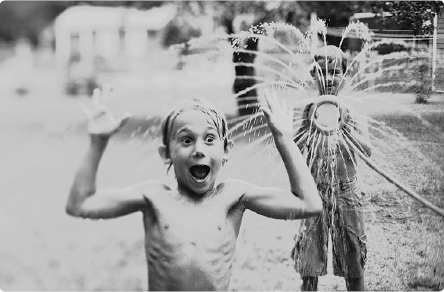Nonverbal Communication Has More Meaning

Whether you intend it or not, your nonverbal communication will transmit meaning to others.
© Barbara Peacock/Corbis
When we interact with others, we often deduce more meaning from people’s nonverbal communication than from their verbal, and we convey more meaning to them through our nonverbal than through our verbal. This is particularly true during first encounters, when nonverbal communication has a tremendous impact on our overall impressions of others’ attractiveness (Zuckerman, Miyake, & Hodgins, 1991).
Our reliance on nonverbal communication escalates even higher when people display mixed messages, verbal and nonverbal behaviors that convey contradictory meanings (Burgoon & Hoobler, 2002). A friend says she “isn’t sad,” but her slumped shoulders and downturned mouth suggest otherwise. In such cases, we almost always trust the nonverbal messages over the verbal ones. In contrast, when verbal and nonverbal messages align (“Yes, I’m sad” coupled with slumped shoulders and frown), the amount of attention we pay to verbal communication rises (Burgoon & Hoobler, 2002).
Self-Reflection
When you receive mixed messages from someone, which do you put more faith in, the verbal or the nonverbal communication? Why? Is it ethical to deliberately send mixed messages to someone?